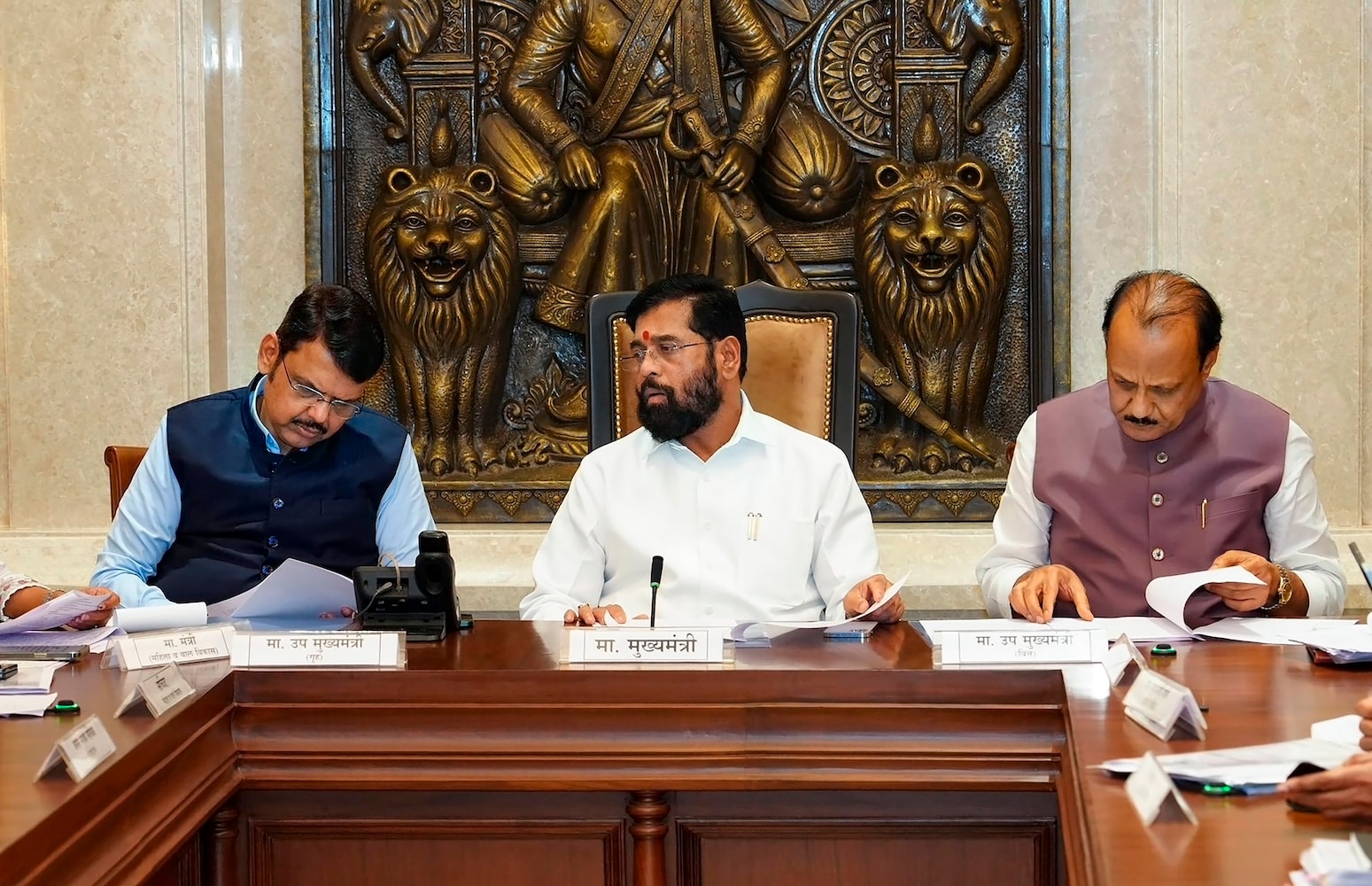
The Montana State Hospital won’t apply for Medicaid and Medicare recertification until at least late 2025, nearly a year later than the director of the state health department had originally projected. And even that target is one Charlie Brereton, who sits at the helm of Montana’s largest agency, “hesitates” to commit to at this point in the process. The Warm Springs-based psychiatric facility had its federal certification following failures to meet health and safety standards.
In losing its status with the Centers for Medicare and Medicaid Services, the federal branch that oversees the health care programs, the hospital also lost reimbursement funds for otherwise eligible services it provides. When the facility lost its Medicaid and Medicare certification, it was being reimbursed an average of $7 million per year in federal funds for the services it provided. Until the Montana State Hospital checks the boxes on the long list of requirements needed to regain certification, the state will continue footing the bill against a challenging financial backdrop.

Back in January, at an interim legislative committee meeting the re-application process for the Montana State Hospital would be completed “no later than the end of calendar year 2024.” At the time, he called the effort an “extremely heavy lift” but “certainly one that the agency and the governor is committed to.” Since then, delays on building projects that must be completed before the Warm Springs hospital can apply for recertification have made that timeline untenable.
Russ Katherman, from the architecture and engineering division at the state Department of Administration, explained to the interim committee at its June 20 meeting that the $15.9 million undertaking to get the campus — which he likened to its “own city” — up to federal compliance was behind schedule due to difficulty sourcing materials and labor challenges. He hoped construction could be done by the end of this year.
“They’re not typically off-the-shelf produced items,” Katherman said. “They’re very specialized components.” Specialty sinks and particular types of door hinges, for example, are not things you can just pick up at your local hardware store, he added.
Unique conditions of completing construction work in an active psychiatric facility have also slowed the process down. “We are doing our utmost to provide a super-high level of safety and separation from residents and those kinds of things,” Katherman said. DPHHS director Brereton confirmed to interim committee members` Wednesday that the “goal” is for Montana State Hospital to be in a position where it can apply for recertification in 2025, but he’s “hesitant to commit to a specific month” given these circumstances.
“DPHHS continues to work with the (Department of Administration) to ensure completion of these lengthy projects that have become more complex in an effort to minimize patient disruption,” said Jon Ebelt, agency spokesperson, in an email. There have been additional slowdowns due to persistent critical job vacancies, limited bandwidth among staff to take on tasks associated with recertification, reduced time to train employees on procedural changes and difficulty maintaining proper patient documentation due to antiquated technology infrastructure, among others. Due to chronic staffing shortages and struggles recruiting new workers, Montana State Hospital has relied heavily on contract workers who serve for short stints of time.
They are more expensive and less predictable than permanent staff. The Healthcare Facilities Division at DPHHS manages seven sites, including the state hospital. It was responsible for 41,798 hours of overtime in the last fiscal year, costing the state roughly $1.
4 million, according to a presentation shown this week. Half of those hours were for psych techs and nursing aides at sites like Warm Springs. At the committee hearing, DPHHS celebrated progress in hiring permanent staff members to essential vacancies in leadership roles in Warm Springs.
Kevin Flanigan was . His hiring included a requirement that he live onsite and have a medical background. Other permanent hires included a chief medical officer and leaders in social services, maintenance, infection and nursing divisions, among others.
“The effort remains an extremely heavy lift and one that the agency remains committed to,” Ebelt said. “DPHHS continues to make tremendous progress in reforming the Montana State Hospital and gearing up for an application for federal certification of the facility.”.














